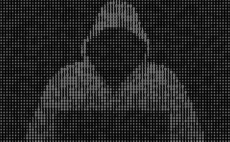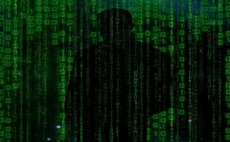JavaScript malware outnumbers malicious documents as ransomware threats continue to multiply
Malicious email campaigns skyrocketed in the fourth quarter of 2016, with the largest campaign just under seven times the size of the biggest campaign in the previous quarter - reflecting an explos...
To continue reading this article...
Join Computing
- Unlimited access to real-time news, analysis and opinion from the technology industry
- Receive important and breaking news in our daily newsletter
- Be the first to hear about our events and awards programmes
- Join live member only interviews with IT leaders at the ‘IT Lounge’; your chance to ask your burning tech questions and have them answered
- Access to the Computing Delta hub providing market intelligence and research
- Receive our members-only newsletter with exclusive opinion pieces from senior IT Leaders




















